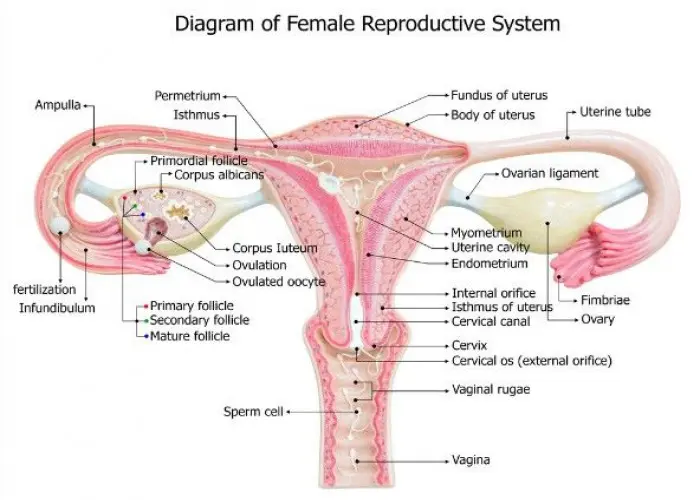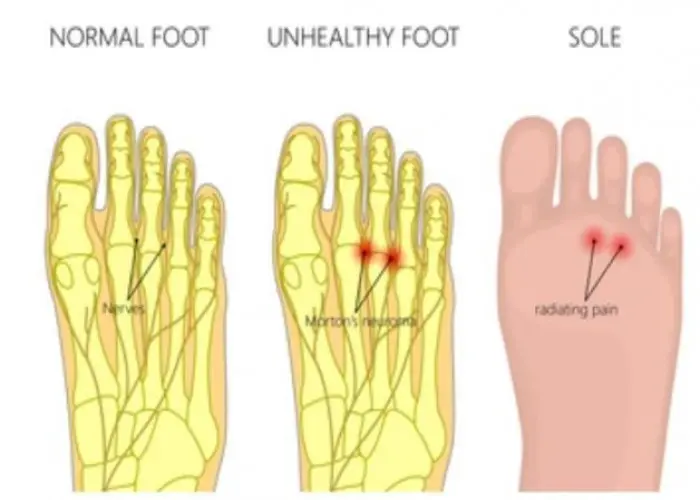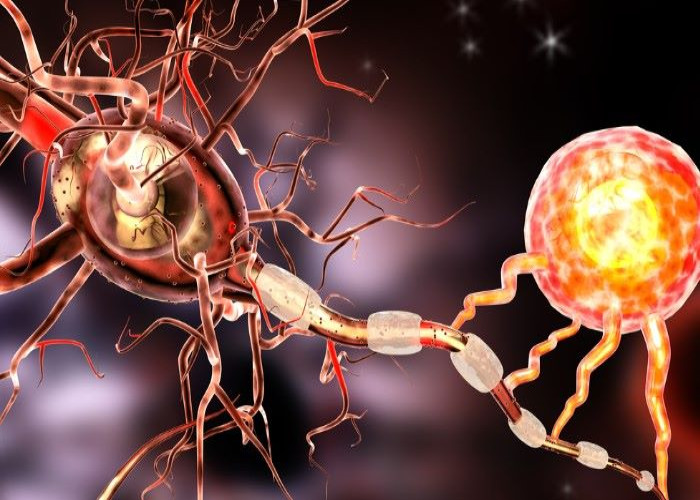 Welcome
Welcome
“May all be happy, may all be healed, may all be at peace and may no one ever suffer."
Peripheral nerve tumors

Peripheral nerve tumors, also known as nerve sheath tumors, are abnormal growths that develop on or around the peripheral nerves. These tumors can be benign (noncancerous) or malignant (cancerous) and can occur anywhere in the body where there are peripheral nerves.
The most common type of peripheral nerve tumor is called a schwannoma, which develops from cells that produce the myelin sheath that covers and protects nerves. Another type of peripheral nerve tumor is a neurofibroma, which develops from cells that make up the supporting tissue around nerves.
Symptoms of peripheral nerve tumors can vary depending on the location and size of the tumor, but may include:
- Pain, numbness, or tingling in the affected area
- Muscle weakness or paralysis
- Loss of coordination or balance
- Changes in sensation, such as decreased sensitivity to temperature or touch
- Difficulty speaking or swallowing, if the tumor affects the cranial nerves
Diagnosis of peripheral nerve tumors may involve a physical exam, imaging tests such as MRI or CT scans, and biopsy to confirm the type of tumor. Treatment may involve surgery to remove the tumor, radiation therapy, or chemotherapy for malignant tumors.
The prognosis for peripheral nerve tumors depends on the type of tumor, location, and extent of the growth. Benign tumors are generally easier to treat and have a good prognosis, while malignant tumors may require more aggressive treatment and may have a poorer prognosis. Early diagnosis and treatment can help improve the outcome for people with peripheral nerve tumors.
Research Papers
Disease Signs and Symptoms
- Swollen lump or skin nodules
- Dizziness (vertigo)
- Weakness
- Numbness
- Tissue cancer or tumor
Disease Causes
Peripheral nerve tumors
It's not clear why most peripheral nerve tumors develop. Some are linked to known inherited syndromes, such as neurofibromatosis (types 1 and 2) and schwannomatosis. Others may be caused by a malfunctioning gene or triggered by injury or surgery.
Disease Prevents
Disease Treatments
Your peripheral nerve tumor treatment depends on the type of tumor you have, what nerves and other tissues it affects, and your symptoms. Treatment options for peripheral nerve tumors include:
Monitoring
Waiting and watching to see if the tumor grows may be an option if it's in a place that makes removal difficult or if the tumor is small, slow growing, and causes few or no signs and symptoms. You'll have regular checkups and may undergo CT or MRI scans every few months to see if your tumor is growing.
Surgery
You may need surgery to remove a peripheral nerve tumor. The goal of surgery is to remove the entire tumor without damaging nearby healthy tissue and nerves. When that isn't possible, surgeons remove as much of the tumor as they can.
New techniques and instruments allow neurosurgeons to reach tumors that were once considered inaccessible. The high-powered microscopes used in microsurgery make it easier to distinguish a tumor from healthy tissue. Doctors also can monitor the function of nerves during surgery, which helps preserve healthy tissue.
Depending on the location and size of your peripheral nerve tumor, surgery can cause nerve damage and disability. These risks are often based on the size and location of the tumor and the surgical approach used. Some tumors grow back.
Stereotactic radiosurgery
Your doctor may recommend stereotactic radiosurgery to treat some peripheral nerve tumors in or around the brain. In stereotactic radiosurgery, such as Gamma Knife radiosurgery, doctors deliver radiation precisely to a tumor without making an incision.
Risks of radiosurgery include weakness or numbness in the treated area and treatment failure (continued tumor growth). Very rarely, the radiation could cause a cancer in the treated area in the future.
Cancer treatment
Malignant tumors are treated with standard cancer therapies, such as surgery, chemotherapy and radiation therapy. Early diagnosis and treatment are the most important factors resulting in good outcome. Tumors may recur after treatment.
Rehabilitation
After surgery, you may need physical rehabilitation. Your doctor may use a brace or a splint to keep your arm or leg in a position that helps you to heal. Physical therapists and occupational therapists can help you recover function and mobility lost due to nerve damage or limb amputation.
Disease Diagnoses
Disease Allopathic Generics
Disease Ayurvedic Generics
Disease Homeopathic Generics
Disease yoga
Peripheral nerve tumors and Learn More about Diseases

Female infertility

Eating disorders

Intussusception

Ice cream headaches

Chronic exertional compartment syndrome

Vasculitis

Dry skin

Benign peripheral nerve tumor
peripheral nerve tumors, পেরিফেরাল নার্ভ টিউমার
To be happy, beautiful, healthy, wealthy, hale and long-lived stay with DM3S.
